Introduction
Electric Vehicles or EVs are known for being clean, futuristic, and economical in the long run. But there’s one surprising trend that’s been catching attention globally—the resale value of EVs is falling at a much faster rate compared to traditional petrol or diesel cars. This shift is reshaping buyer behavior, especially in the used car market. Let’s explore why this is happening and whether it presents a smart buying opportunity.
The Upfront Price Difference Between ICE and EVs
EVs generally cost significantly more than their Internal Combustion Engine (ICE) counterparts. The price difference is especially noticeable in entry-level models.
Example: Tata Tiago Base Variant Price Comparison
| Variant Type | Ex-Showroom Price (Approximate) |
|---|---|
| Tata Tiago Petrol (Base) | 4.99 Lakh |
| Tata Tiago EV (Base) | 8.00 Lakh |
This shows a difference of around 60 percent for the same model and variant, just in electric form.
But Do EVs Retain That Extra Value on Resale?
Logic might suggest that if an EV costs more upfront, it should also sell for more in the used market. However, that’s not what’s happening. Globally, used EVs are seeing steep depreciation—sometimes even within a year or two of purchase.
Used EV Depreciation Trends (Based on International Data)
| Vehicle | New Price | Used Price | Depreciation (%) |
|---|---|---|---|
| Ford F-150 (ICE) | 55000 USD | 42000 USD | 22% |
| F-150 Lightning (EV) | 85000 USD | 44000 USD | 48% |
| Hyundai Petrol | — | — | 7% |
| Hyundai EV | — | — | 14% |
| Mercedes S-Class (ICE) | — | — | 40% |
| Mercedes EQS (EV) | — | — | 60% |
On average, ICE vehicles lose about 35 percent of their value, while EVs lose around 42 percent. In some premium models, this gap is even wider.
What About India’s EV Market?
India’s EV market is still developing, and while there is not yet a long-term resale trend, early signs suggest similar patterns. Several nearly-new EVs listed on online portals show large drops in price, even when lightly used. Many EV owners also admit that selling their electric cars in the used market comes with challenges.
So Why Are EVs Losing Value So Quickly?
After analyzing global and domestic data, three main reasons emerge:
Lack of Aftermarket Support
Unlike ICE vehicles, most roadside garages and local mechanics are unwilling to repair EVs. Even minor components like cooling pumps or charging ports are often untouched due to the software integration involved. EVs are largely software-driven, making it hard to repair or replace parts without authorized service centers.
Expensive and Integrated Components
EVs have fewer moving parts, but if something goes wrong—especially post-warranty—the repair cost can be extremely high. Major components like the battery, BMS, or motor are tightly integrated and usually need full replacement if they fail. Unlike petrol cars where individual parts like a clutch plate can be replaced, EVs often require entire module replacements.
Battery Degradation
Perhaps the most discussed issue—EV batteries degrade over time. Even the best-quality batteries degrade about 2 to 3 percent annually. Over 10 years, that could mean a 20 percent drop in capacity. For buyers in the used market, this becomes a serious concern as replacing a battery could cost up to 60 percent of the vehicle’s value.
Real Cost Comparison: Petrol Tiago vs Tiago EV
To better understand the financial impact, here’s a breakdown of annual running costs:
| Category | Petrol Tiago | Tiago EV |
|---|---|---|
| On-Road Price | 5.61 Lakh | 8.46 Lakh |
| Annual Distance | 10000 km | 10000 km |
| Mileage | 16 km/l | 7.5 km/kWh |
| Fuel Consumption | 625 Liters | 1333 Units |
| Fuel Cost | 65000 INR | 1664 INR |
Even though running an EV is significantly cheaper, it takes about 5 years and 3 months just to break even on the upfront cost difference if driving 10000 km per year.
The Opportunity: Used EVs
This is where the scenario flips. Used EVs are now being sold for prices closer to their ICE counterparts. A two-year-old Tiago EV, for example, may be available at nearly the same price as a new petrol Tiago—but with much lower running costs.
Growing Demand for Used EVs Globally
Here’s how used EV sales are increasing, even when the overall auto market is slow:
| Country | Overall Used Car Market | Used EV Sales Growth |
|---|---|---|
| United Kingdom | — | 57% Increase |
| South Korea | 4% Decline | 47.4% Increase |
| United States | New EV Sales Down 6% | Used EV Sales Up 45% |
This suggests that while new EV demand might be slowing in some regions, the used EV market is rapidly expanding.
Should Indian Buyers Consider Used EVs?
Yes, but with caution. If you’re buying a 2 to 3-year-old EV, the depreciation has already occurred. In many cases, you’ll still receive up to 8 years of battery warranty. However, one important step is essential—get the battery health checked at an authorized service center. This can’t be done at local garages due to the technical nature of EV battery systems.
A Note on Battery Warranties
Some manufacturers offer “lifetime warranties,” but often that means:
- Up to 15 years for first owners
- Only 8 years for second owners
- Coverage only if battery capacity drops below 70 percent
- Not always transferable
This can leave second-hand buyers exposed if degradation happens after the warranty expires or if the warranty isn’t transferred.
Final Thoughts by DailyWheels
EVs are transforming the automotive world, but the resale landscape tells a different story. While depreciation may be a challenge for first-hand owners, it is opening up an exciting opportunity for used car buyers. If checked properly and maintained well, used EVs can offer excellent value and savings over time. Always remember to validate the battery’s health before sealing the deal. Keep following DailyWheels for deeper insights into the evolving world of electric mobility.
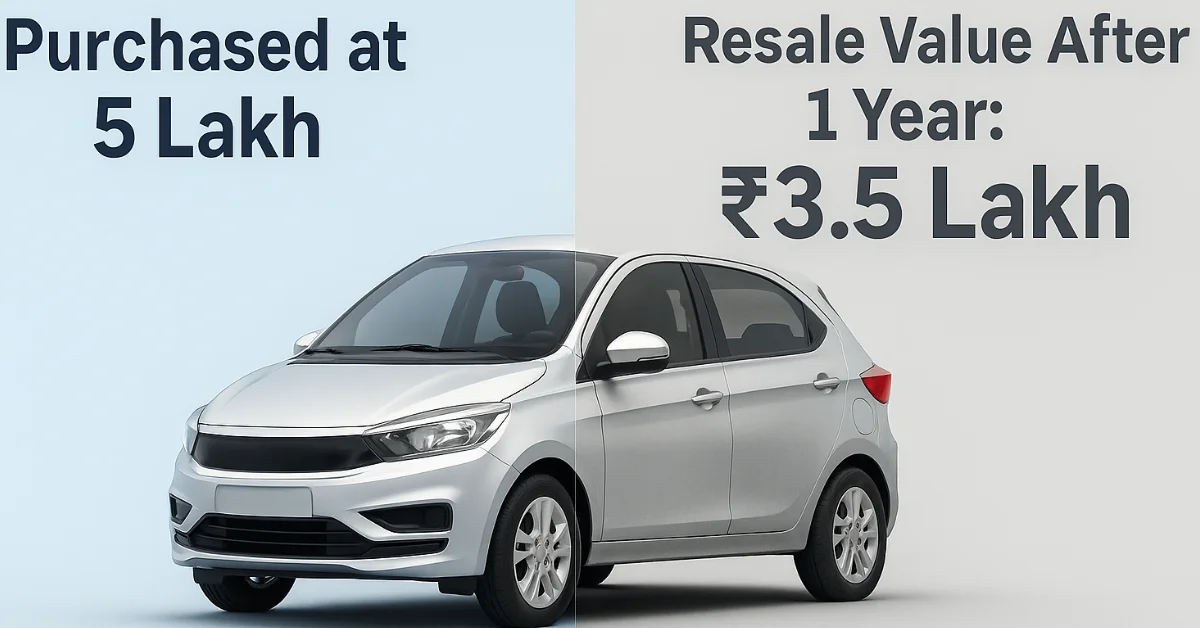
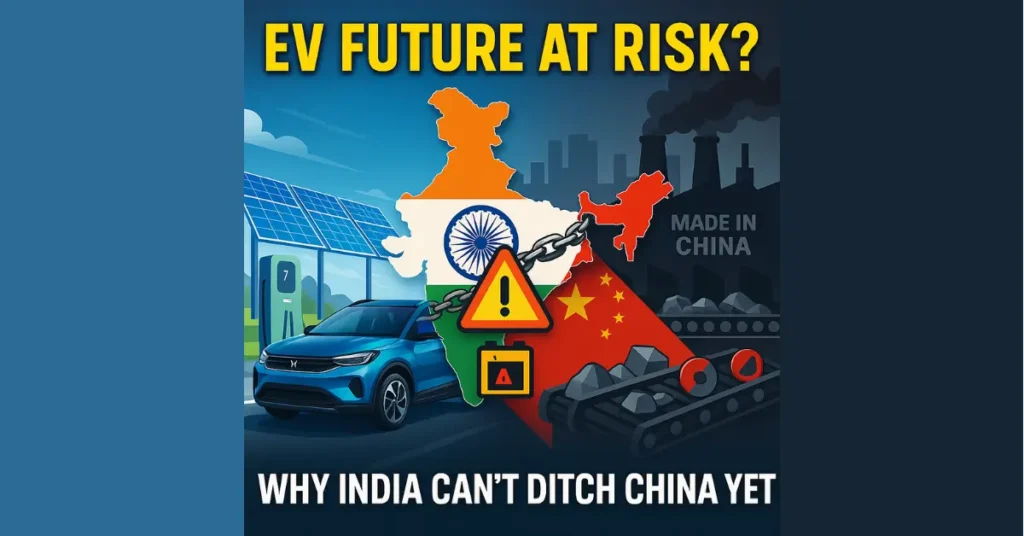
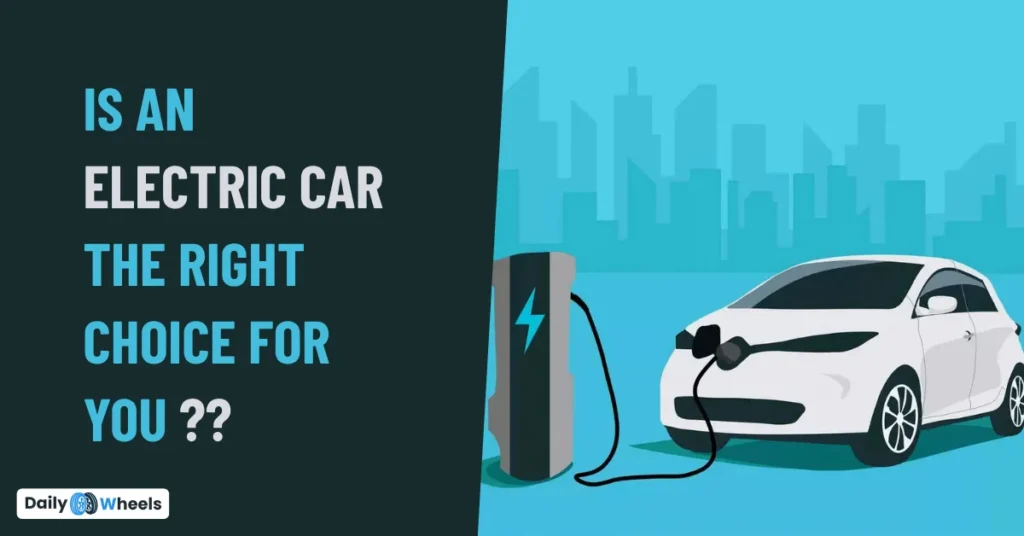
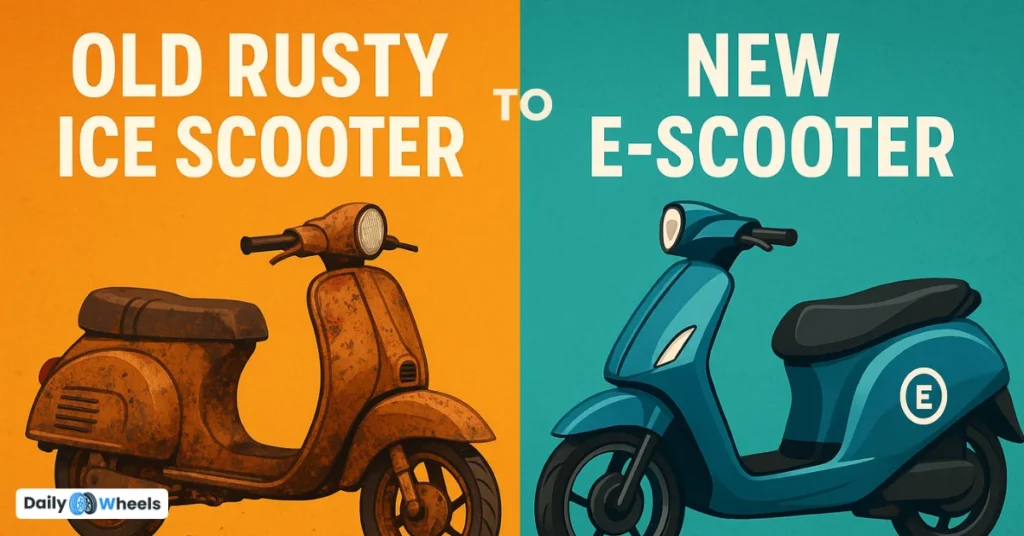

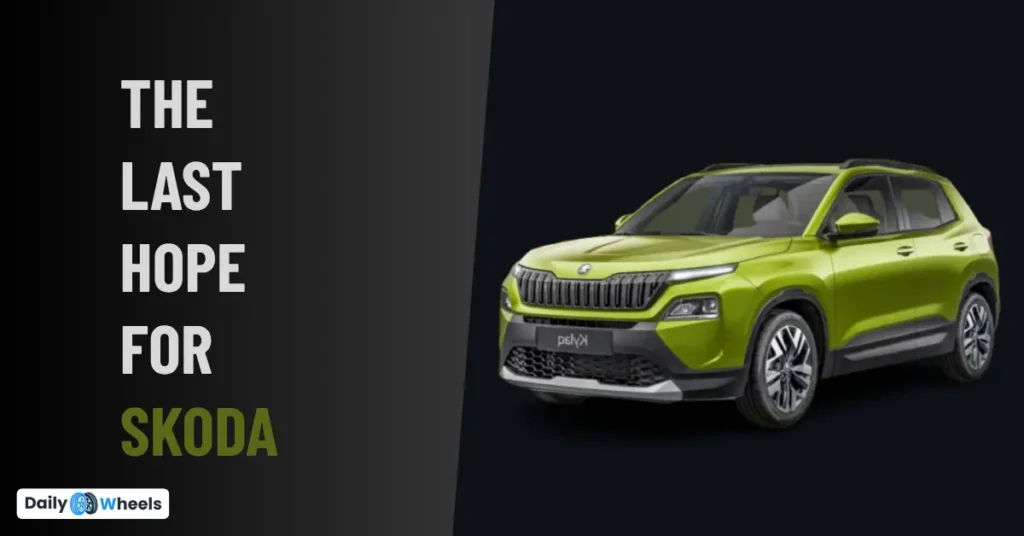
Pingback: Why India Revised Its EV Goals — The Real Challenges Behind the Shift – DailyWheels